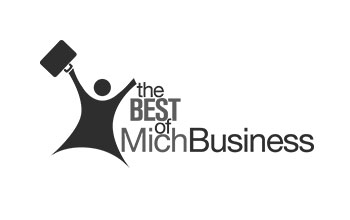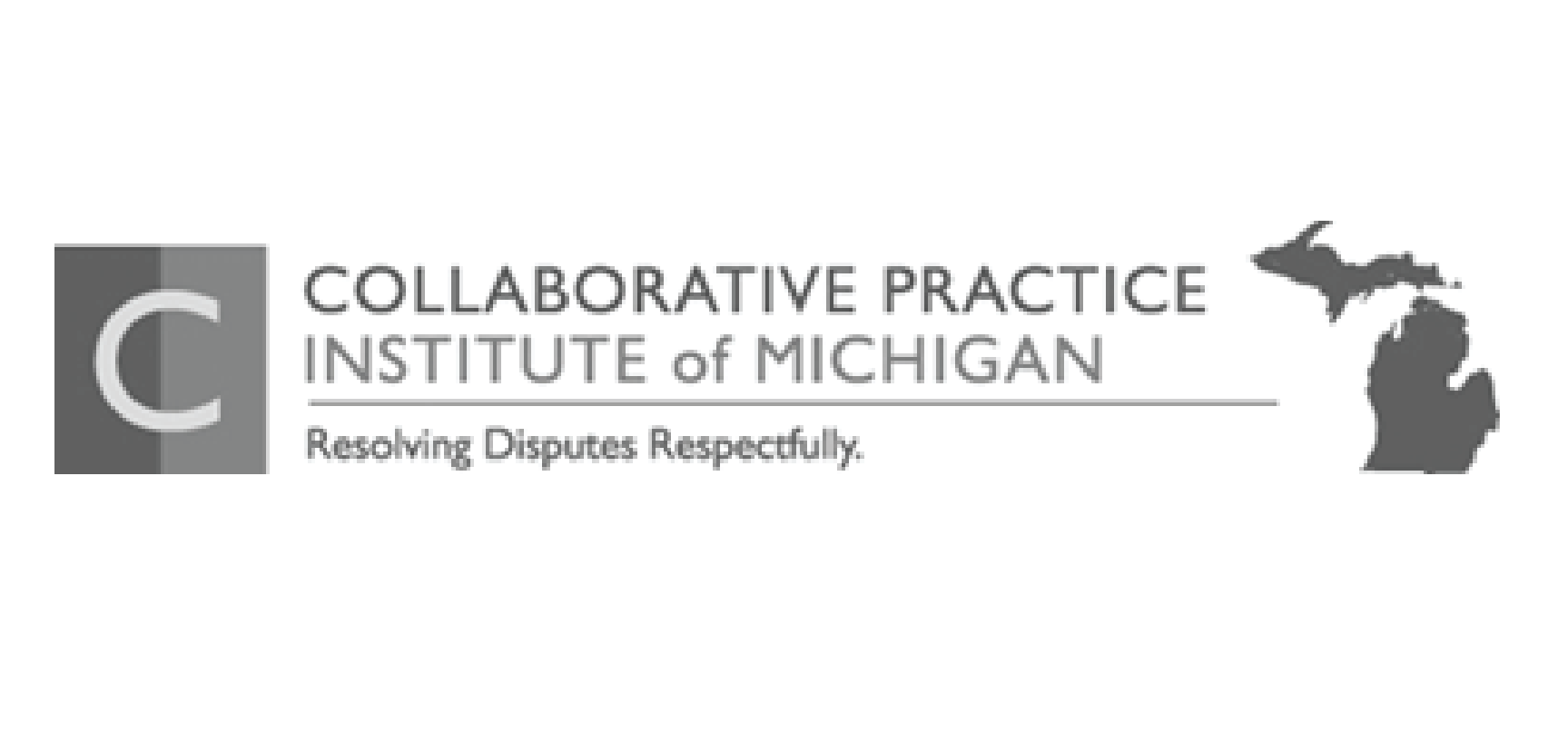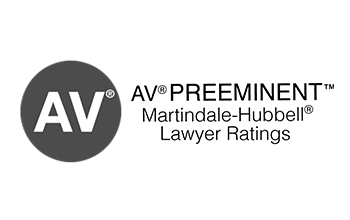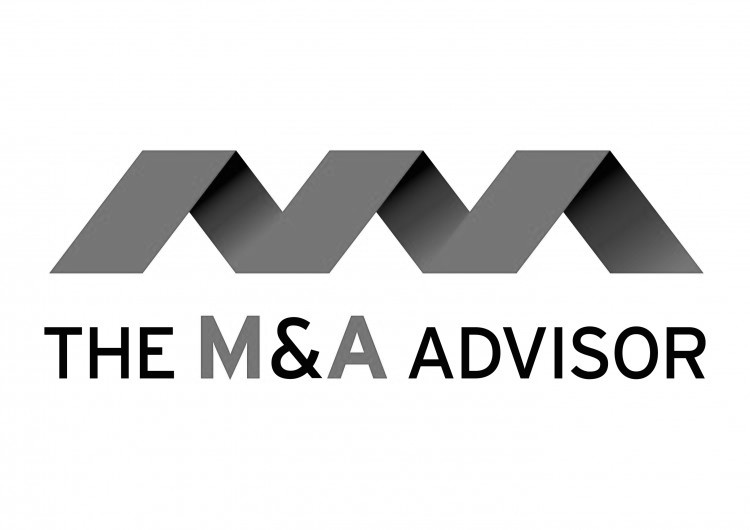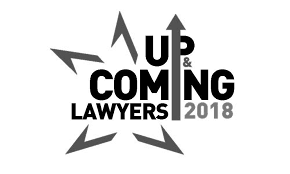The “solopreneurs” Ultimate 401(k) Plan
October 13, 2015 Category: Pension & Retirement
GREAT NEWS! Your business is going like gang busters. You want to start putting money into retirement. You have no employees but yourself. What type of retirement plan it right for you? Perhaps a 401(k) plan is the answer instead of a basic profit sharing plan.
Let us take a look at the numbers. However, before going into any figures, it is important to make sure you are aware of certain statutory rules that make a 401(k) plan right for you. These are as follows:
- The maximum tax deductible contribution to a profit sharing plan is 25% of all participants’ compensation.
- 401(k) deferrals are not subject to the 25% deduction limitation.
- The maximum elective deferral limit for 2015 is $18,000.
- The maximum that any participant in a profit sharing/401(k) plan can generally receive is the lesser of (i) 100% of compensation, or (ii) $53,000 in 2015 (the “Section 415 Limit”).
- Starting in the year in which an individual reaches age 50, and each subsequent year, a 401(k) plan may allow the individual to make a “Catch-Up Contribution.” The amount of the Catch-Up Contribution for 2015 is $6,000. The Catch-Up Contribution does not count against the 25% deduction limit, the maximum elective deferral limit, or the Section 415 Limit.
The 401(k) plan will work for any type of business (sole proprietor, limited liability company, or corporation).
Now that we have those basic limitations out of the way, the following examples will set forth the power of the “solo” 401(k) plan.
EXAMPLE 1: You are the sole shareholder of a corporation with annual compensation of $100,000. With a profit sharing plan, the maximum contribution you could receive would be the lesser of 25% of eligible compensation (the deduction limit) or the Section 415 Limit of $53,000. Therefore, the maximum contribution is $25,000 (25% of compensation).
EXAMPLE 2: Using the same facts as in Example 1, but by adding a 401(k) feature, the maximum benefit that you can receive is now increased from $25,000 to $43,000 by making an elective deferral of $18,000. The 401(k) deferral is not subject to the 25% deduction limitation.
EXAMPLE 3: You are the sole shareholder of a corporation, and you now make $150,000 per year. The maximum allowable contribution to a profit sharing plan is $37,500 (25% deduction limit). By adding the 401(k) feature, the Section 415 Limit now comes into play. The maximum contribution is now increased to $53,000 (and not $55,500 or $37,500 + $18,000), because of the Section 415 Limit.
EXAMPLE 4: Now assume the same facts as in Example 3 except that you are age 55. Your age has no impact if you are only using a profit sharing plan. However, the maximum contribution with the Catch Up Contribution of $6,000 now increases the amount you can receive to $59,000.
With the examples above, does a 401(k) plan make sense for you? If not, I have numerous other options to structure retirement plans to meet your needs and objective. As a former IRS auditor of retirement plans, certified public accountant and attorney, I help clients through the maze of issues and options available in the retirement plan arena.










